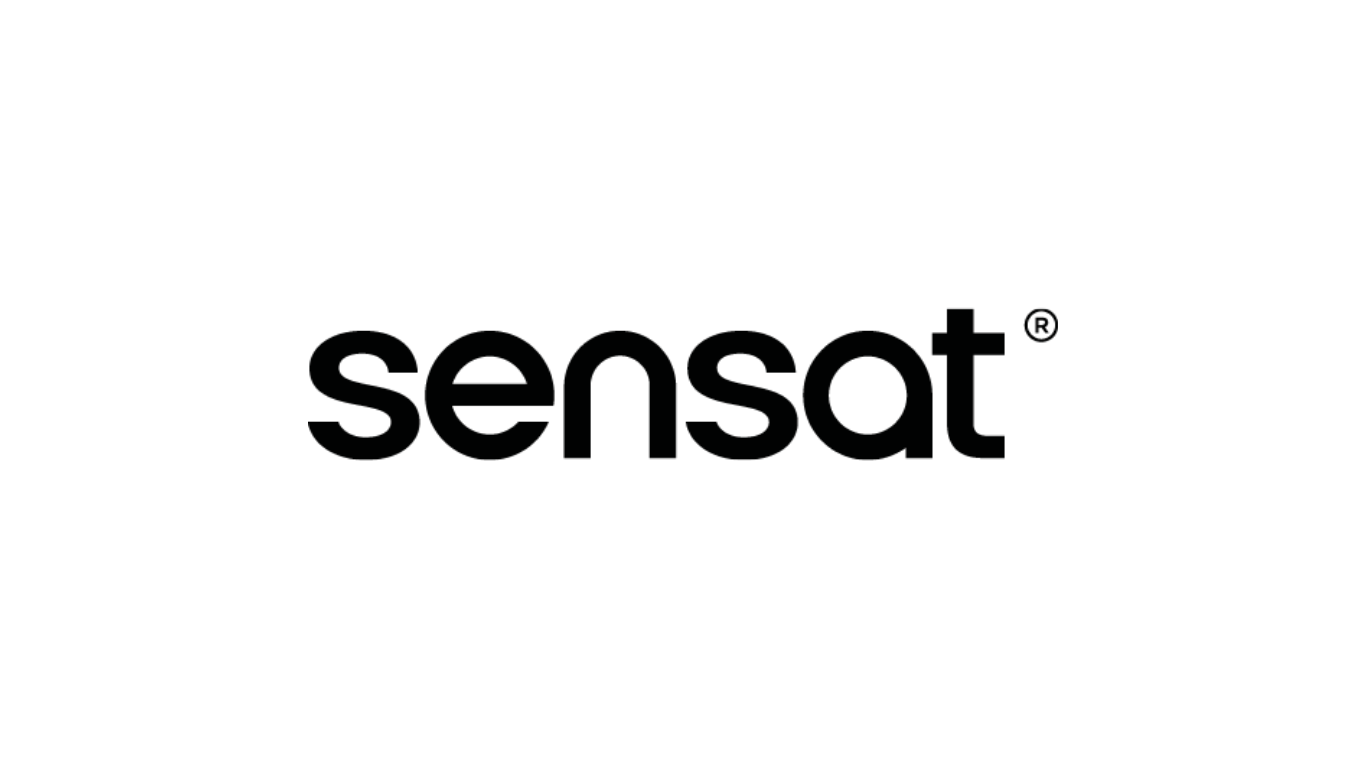Building Information Modeling (BIM) is a game-changing technology that allows architects, engineers, and professionals in the construction industry to collaboratively design, visualize, simulate, and manage buildings and infrastructure projects. As the architecture, engineering, and construction industry has evolved, so has BIM. We’re now shifting towards an outcome-based approach. This ensures those models meet specific goals or project outcomes, as early as possible in the design phase of projects. Whether it’s sustainability targets, cost reductions, or timeline efficiencies, outcome-based BIM modeling is about guaranteeing results.
In this post, we’ll explore the importance of outcome-based modeling in BIM and how it’s transforming the industry. We’ll cover the key strategies for implementing this approach, the benefits of making the shift, and some real-world applications that show just how powerful it can be. By the end, you’ll have a solid understanding of outcome-based BIM and how it can benefit your projects.
Fundamentals of Outcome-Based Modeling
At its core, outcome-based modeling represents a paradigm shift in BIM software, focusing on the actual results of a project rather than merely its design process and construction process. By setting clear, achievable objectives from the outset, this approach ensures that every decision made throughout the project lifecycle is geared towards meeting those specific outcomes.
Key Principles and Concepts
Here are the primary principles that form the foundation of outcome-based modeling:
Clarity of Objectives
The first step in effective outcome-based modeling is establishing clear, measurable objectives. For example, this could range from reducing the carbon footprint of wastewater plants and electrical substations by 20% to cutting operational costs by 15%. Clear goal-setting at the project’s outset significantly improves the chances of meeting or exceeding those targets.
Data-Driven Decision Making
Outcome-based modeling relies heavily on data-driven decision-making. By leveraging historical data and predictive analytics, professionals can make informed choices that directly contribute to achieving desired outcomes. Plus, the use of real-time data can help monitor progress and make timely adjustments when necessary.
Lifecycle Integration
Outcome-based modeling requires thinking beyond the construction phase, considering the entire lifecycle of a project—from project planning and design to operation and decommissioning. Integrating life cycle thinking ensures that decisions made at the design stage contribute positively to building performance, sustainability, and operational efficiency in the long term. A report by the World Economic Forum highlights how lifecycle integration can reduce total project costs by up to 33%.
Stakeholder Collaboration
No project exists in a vacuum; therefore, effective collaboration among all the stakeholders is paramount in outcome-based modeling. This collaborative approach not only fosters innovation and creativity but also ensures that all parties are aligned with the project’s objectives from the start. Studies have shown that projects with high levels of stakeholder engagement are more likely to meet their goals and objectives.
Benefits of Outcome-Based BIM
Outcome-based modeling in BIM software marks a revolutionary leap forward by placing a laser-like focus on achieving specific, predefined results. This approach charts a new direction for project management and also assures enhanced project outcomes across various objectives.
Enhanced Project Performance
By adhering to the principles of outcome-based modeling, projects witness a substantial performance improvement. By leveraging data and analytics, professionals can make well-informed decisions that directly contribute to meeting objectives. Plus, the use of real-time dashboards allows for constant monitoring and tracking of progress, helping detect issues early on.
Improved Decision-Making Processes
Outcome-based modeling empowers stakeholders with data-driven insights, leading to more informed decision-making. You can use modeling simulations to test different scenarios and pick the one that best aligns with your desired outcomes. Not to mention, it reduces the likelihood of costly errors and rework, ultimately saving time and resources.
Cost and Time Savings
By considering the entire project lifecycle, outcome-based modeling helps identify potential cost and time savings opportunities. By making data-driven decisions, professionals can optimize every stage of the project, resulting in reduced construction costs and delivery timelines. Also, by setting clear objectives and leveraging real-time data, teams can proactively identify and address any potential delays or cost overruns before they escalate.
Sustainability and Environmental Impact
Sustainable design practices are no longer an option but a necessity. Outcome-based modeling in BIM significantly contributes to constructing more sustainable and environmentally friendly buildings. According to a study published in the Journal of Green Building, projects targeting specific sustainability outcomes through BIM models can achieve a reduction in carbon emissions and an increase in energy efficiency. Such environmentally conscious design and construction practices not only benefit the planet but also result in healthier living and working spaces for occupants.
Implementation Strategies

Transitioning from understanding the benefits to actively implementing outcome-based modeling is crucial for reaping its full advantages.
Setting Clear Objectives and KPIs (Key Performance Indicators)
The foundation of successful outcome-based modeling lies in defining clear, measurable objectives and the corresponding Key Performance Indicators (KPIs). This step transforms abstract goals into concrete targets, facilitating focused efforts across all project stages. Research by the Project Management Institute underscores that projects with well-defined KPIs are more likely to meet their goals. Establish these benchmarks early on to guide decision-making, monitor progress, and ensure alignment with the overall project vision.
Leveraging Advanced BIM Tools and Technologies
Advanced BIM tools and technologies are pivotal in enabling data-driven decision-making and enhancing collaboration among all relevant parties. These tools allow for the simulation and analysis of various project outcomes, making it possible to preemptively address potential issues and optimize project performance.
For example, with the help of BIM model generation, the Transcend Design Generator (TDG) embodies the cutting-edge combination of automation and expertise in municipal utility design. By seamlessly integrating various engineering decisions and calculations, TDG crafts optimized designs for wastewater treatment facilities tailored to meet diverse requirements.
The simplicity of the TDG interface stands out, catering to a wide audience ranging from those with minimal knowledge of wastewater engineering to experts in the field. This user-friendly interface, combined with data validation parameters and the option for customized input by experts, ensures high-quality, consistent data entry, leading to designs that meet specific client requirements under any circumstances.
Integrating Outcome-Based Approach into Project Workflow
Incorporating an outcome-based approach into the project workflow requires a shift in mindset from all involved, moving from task completion to achieving specific results. This involves mapping out each project phase to align directly with the established KPIs and objectives.
Challenges and Solutions
While the benefits and implementation strategies of outcome-based modeling are significant, they come with their own set of challenges that organizations must overcome to ensure success.
Data Management and Quality Control
Effective data management and quality control are crucial for successful outcome-based modeling, yet they present considerable challenges due to the complexity and volume of data involved. Implementing robust data governance practices and utilizing advanced data processing tools can mitigate these issues, ensuring high-quality, reliable data for predictive analytics and informed decision-making.
Not to mention, cloud-based BIM solutions make it easier to store, share, and access the vast amounts of data involved in outcome-based modeling. This minimizes the risk of data silos and maximizes collaboration among stakeholders.
Integration with Existing Systems and Processes
One of the more nuanced hurdles in adopting outcome-based modeling in Building Information Modeling (BIM) revolves around the seamless integration of new tools and methodologies with existing systems and processes.
Imagine your company has been using a specific software suite for years, and your team is well-versed in its functionalities. Integrating advanced BIM tools might initially seem daunting. Questions about compatibility, learning curves, and workflow disruptions are valid concerns. The solution lies in carefully selecting tools that are compatible with your current systems, or even better, ones that offer easy-to-use interfaces and comprehensive support and training resources.
Furthermore, it’s crucial to approach this integration with a mindset focused on long-term benefits rather than short-term inconveniences. Transitioning towards outcome-based modeling should be viewed as evolving your processes to achieve greater efficiency, accuracy, and sustainability in your projects. It’s about enhancing what you already have, not replacing it. By emphasizing the value of these new tools and methodologies in achieving your project goals, you can foster a culture of innovation and continuous improvement within your team.
Cultural and Organizational Barriers
It’s one thing to talk about the shiny new tools and the sleek processes we can put in place, but another to tackle the real challenge: the people using those tools and processes. The transition to outcome-based design modeling requires a fundamental shift in the culture and mindset within an organization.
We’re moving from a world where success is measured by simply ticking off tasks on a checklist to one where success is defined by achieving a specific and desired outcome. This change can be daunting. It challenges long-held beliefs about how things “should” be done and asks people to adopt a new perspective on work — one that values the end result over the process used to get there.
To overcome these cultural and organizational barriers, communication is key. It’s about framing this shift as an opportunity for everyone to contribute to more meaningful, impactful work. Leaders need to champion this change, demonstrating commitment through their actions and the resources they allocate. Meanwhile, training and continuous learning opportunities can help ease the transition, making sure everyone feels supported and equipped to succeed in this new environment.
Future Trends and Innovations
As we peer into the future of outcome-based modeling, several emerging technologies stand poised to revolutionize how we approach, execute, and evaluate projects. These innovations not only promise to improve efficiency and outcomes but also to redefine the paradigms of project management in different organizations such as construction companies.
AI and Machine Learning in Outcome Prediction
The use of Artificial Intelligence (AI) and Machine Learning (ML) in predicting project outcomes is becoming increasingly prominent. This advanced technology provides the ability to analyze vast datasets to identify patterns, predict potential issues, and suggest optimizations, thereby enhancing decision-making processes.
IoT (Internet of Things) Integration for Real-Time Monitoring
The integration of the Internet of Things (IoT) within outcome-based modeling facilitates real-time monitoring and management of project variables. With sensors and devices interconnected across a project, stakeholders can access instantaneous data on project performance, environmental conditions, and resource utilization. According to the International Journal of Construction Management, IoT applications can reduce project delays and improve construction project performance.
Virtual and Augmented Reality for Enhanced Visualization
Virtual Reality (VR) and Augmented Reality (AR) technologies are transforming project visualization and stakeholder engagement. By creating immersive environments, these tools enable a more intuitive understanding of designs and potential project outcomes. They are also used to assess project progress and identify discrepancies, providing transparent communication between stakeholders.
Blockchain for Data Security and Transparency
Blockchain technology is increasingly recognized for its potential to bolster data security and transparency in outcome-based modeling. By providing a decentralized and immutable ledger of project data and transactions, blockchain ensures that all stakeholders have access to a reliable and tamper-proof record. Research indicates that blockchain adoption for construction projects can reduce project disputes and the management of assets in construction projects.
Summary
The future of outcome-based modeling is not just about adopting new technologies, but about shifting our mindset towards efficiency, communication, and transparency. This transition can seem like a tall order, but with the right approach and tools, it’s definitely within reach. Remember, it’s about enhancing what we already do to achieve better outcomes for everyone involved in a project.
If you’re looking to take a step into this future without feeling overwhelmed, learn more about how the Transcend Design Generator can help you integrate outcome-based modeling into your projects seamlessly. With an intuitive interface and comprehensive support, our tool empowers you to embrace this shift toward a more efficient and impactful way of working.








 WWTP Design
WWTP Design  Substation Design
Substation Design  Utility Interconnection Hub
Utility Interconnection Hub  White Label Proposal Generator
White Label Proposal Generator  PFAS Feasibility Study
PFAS Feasibility Study  Booster Station Design
Booster Station Design  Value Discovery Program
Value Discovery Program